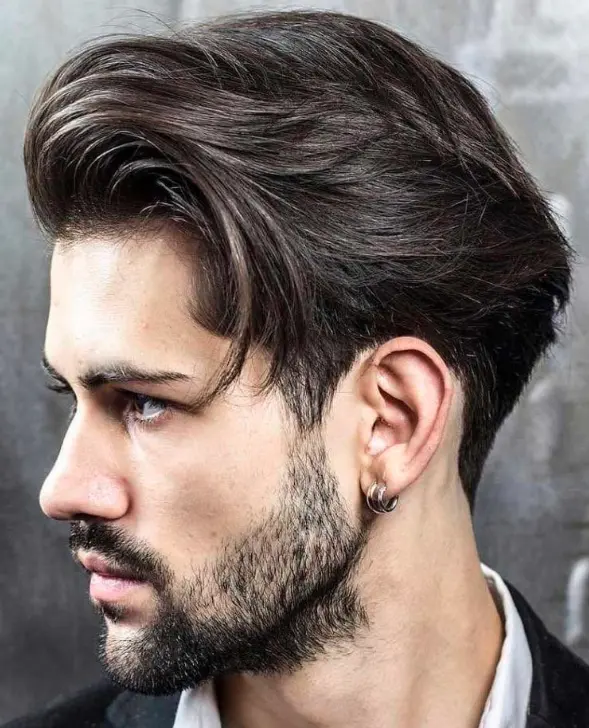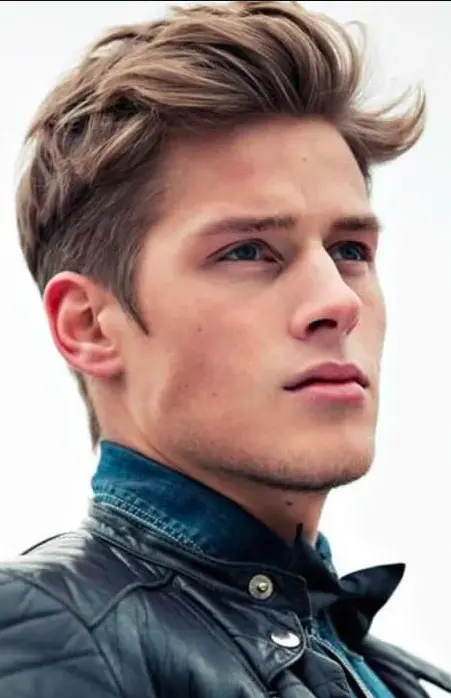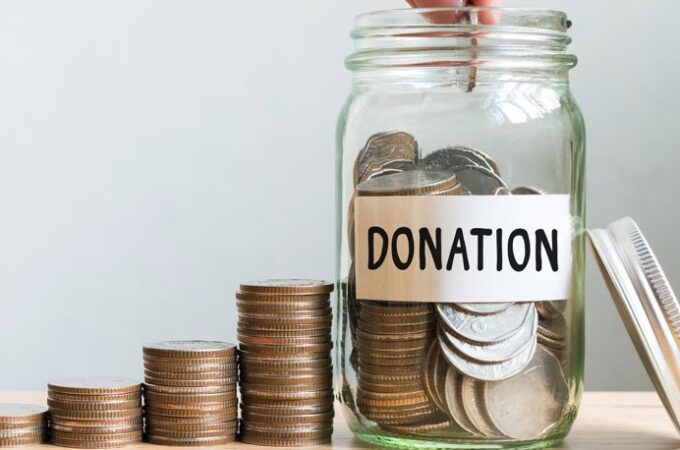
quiff haircut
The quiff haircut, one of the most famous haircuts to ever grace a man’s head, has been popular (and huge news) since the 1950s, earning it a spot in the follicular hall of fame along with other hairstyles from the presidency of the hairdresser, like the French crop, buzz cut, and short back and sides. The amplified quiff, which combines elements of the pompadour, flat top, and, on rare occasions, the mohawk, complements a variety of eras, facial types, and fashion trends. It’s also considered one of the sexiest by women, according to exploration.
The quiff was chosen by 28% of the 2,000 women polled by the baptizing product business Fudge as the men’s hairstyle they are most likely to swipe right to on dating apps. HOW DO YOU QUIFF? One hairstyle that you’ve undoubtedly seen before is the quiff. The short sides and back of the head with longer cinches on top make it easily distinguishable. While this could be true of multicolored hairstyles, the quiff’s nomination distinguishes it from other haircuts. While still emphasizing the perpendicular volume towards the front of the head, the lengthier hair on top of the head was raised with volume and then pulled back for a satiny, yet textured effect.
You’ll discover that the obvious difference in hair lengths gives this a more edgy and fashionable appearance that isn’t too far from the traditional pompadour. The amplified quiff, which combines elements of the pompadour, flat top, and occasionally even the mohawk, is versatile and flattering for a variety of eras, facial types, and fashion trends. According to exploration, women also consider it to be one of the sexiest. The quiff was chosen by 28% of the 2,000 women polled by the baptizing product firm Fudge as the hairdo they are most likely to swipe right to on dating apps.

HISTORY OF QUIFF HAIRCUT
By the time it became fashionable as a post-war response to service buzz cuts and flat wartime trends, the haircut had already been around for a while. However, it wasn’t until the advent of gemstone ‘n’roll—a late symbol of adolescent rebellion—that it truly became iconic. Rockalily Cuts owner ReeRee Rockette adds, “As a style, it has always signified disobedience and shouts confidence. “It’s a haircut that physically takes up more space, so it makes you stick out and gets you recognized. The hair had a natural propensity to bomb forwards because it was piled high, so it required regular maintenance.
That contributed to the quiff’s iconic appeal since Elvis was able to make digging his hair out in public into a sexual behavior on par with shaking hips or patting the mike. This unashamed egotism also freed men from the dictatorship of not having to keep an eye on their looks on the outside, paving the way for the fixing revolution we take for granted today. shortest line? Saying that the quiff altered the path of the hair story is not an exaggeration.
THE POMPADOUR VS. THE QUIFF HAIRCUT
Arguments arise about the quiff’s unique distinctions from other traditional trims like the pompadour. The traditional quiff is often less grabby than the top-heavy pomp used by rock & roll great Little Richard and, more recently, Bruno Mars. The Lions Barber Collaborative author and Devon-based hairdresser Tom Chapman acknowledges that there isn’t a simple, black-and-white solution. A normal quiff has longer hair on the sides, abruptly back, and longer top hair that is swept back and over in the front. However, this can also be unbrushed, uncurled, or untidy, giving it a more varied appearance.
Pompadours are comparable in that they also remove the hair from the top and bottom of the face, but they are often satiny and rather precise. Quiffs typically focus on the forelock (the unruly hair above the forehead) and occasionally leave the rest of the hair relatively flat, whereas pomps always cover the whole head of hair. According to Chapman, if you ask your hairdresser for a graduated cut with plenty of length on top, you really can’t go wrong.
CHOOSING A QUIFF HAIRCUT
One of the most important factors to consider while choosing your specific quiff style (as with other trims) is your face structure. Fortunately, there is an over-do for everyone, although they are most effective for those who wish to lengthen round features.”Forecourt-structured haircuts with height analogous to a quiff or classic casual side part with some height will be flattering,” says celebrity hairdresser Amy Komorowski, who has styled the beards of Ryan Reynolds and Eddie Redmayne. Rounder faces typically call for more structure or pronounced angles. However, if your face is quite narrow, exercise caution since longer hair can make you look even more angular and stretched out. Instead, draw a conclusion that favors a product with a somewhat more linear structure than an altitudinous one.
Additionally, modern quiffs, which typically contain fading or shearing at the sides to accent the top, do not always look good on those with larger heads of brains.”The beauty of the quiff is that, depending on the shape or how tight the sides are taken, it can look fairly different on whoever is wearing it, For the quiff’s most modern appearance, the sides should unquestionably be faded. Most hair types look good with quiffs, except severely limp, curly, and thin hair.
“Motion creates texture, so crimped hair can be helpful when creating a slightly more textured, messier look, but you can always use straighteners to achieve a more classic-looking quiff,” advises Chapman, who suggests investing in lower irons, which tend to work better on shorter styles.




